1. Blender
2. Polycam3. fSpy
4. Video synthesisers
5. Stable Diffusion
6. CADMAPPER
London
Whitechapel
Collingwood estate
Whitechapel
Collingwood estate
The Paint house
The paint house is an archival project where I explored the past community of the Collingwood Estate in Whitechapel. This project started off looking for archival references but eventually found a community of past residents all on a facebook group. The group would post not only stories and experiences dating back to the 1950’s but it also provided a large variety of archival images and footage. What was interesting is that I am now a resident of the estate and I wanted to explore how a neighbourhood, whose architecture barely changed in the last 70 years, can host such diverse communities and changes. This poetic documentary discovers the experience of living in the Collingwood estate from its creation until the 1970’s.
Process:
To start this project, I was just intrigued about the estate I currently live in. To start off I started looking for the name of the estates. A lot of different names appeared down to the blocks, groups of houses and the whole estate. I managed to find the name of the estate but it covers a large area of approximately 20 blocks. They were all grouped under one name: the Collingwood estate. I then started looking for any pieces I could find on digital archives. I managed to find more or less when the estate was built based on archival maps of Whitechapel area through the website Digimap. I also managed to find pictures of the construction of the estates and the first outdoor and indoor pictures of the finished blocks on the London Picture Archive website.

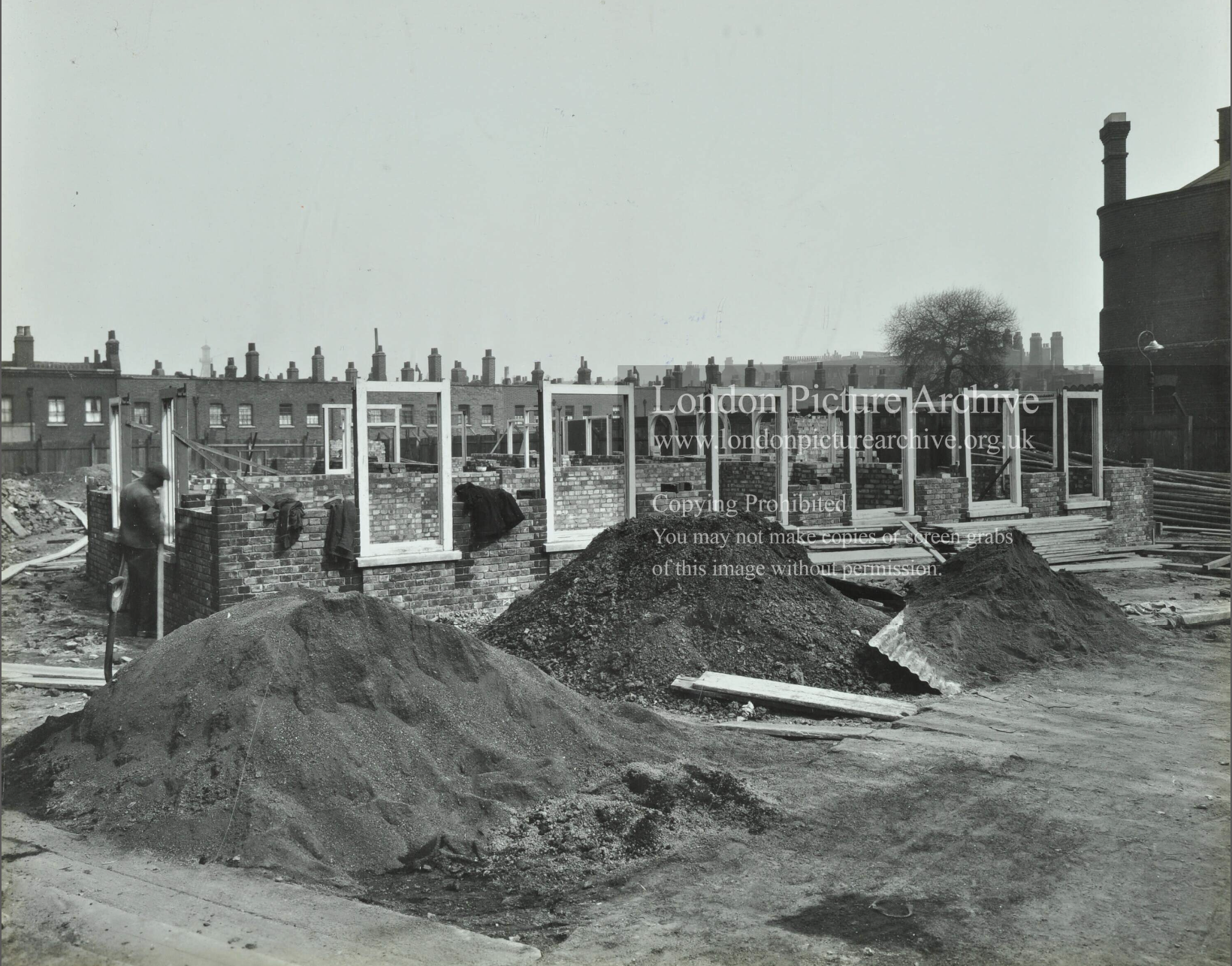



I then booked an appointment to the Tower Hamlets archive centre which only had limited information. I require all documents with the Collingwood estate mentioned in it as well as other terms such as Redmill House, Brady Street, Headlam Street. I ended up finding information but it was not very relevant to the community. One of the documents was about a police report on the use of cannabis in the estate, another one was about a project to open a new tube exit right in the heart of the estate. The amount of photos was very limited or already existed online.
I then went back online and found the Collingwood Estate page on Facebook. Curated by a past tenant, he managed to bring a lot of the past community to the page as it grew in popularity. The page contains thousands of pictures from Stepney Green all the way to Aldgate East, with some images dating back to the late 1800’s.
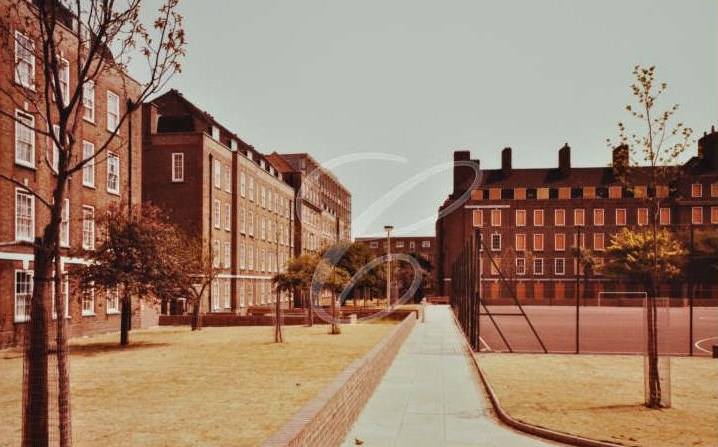
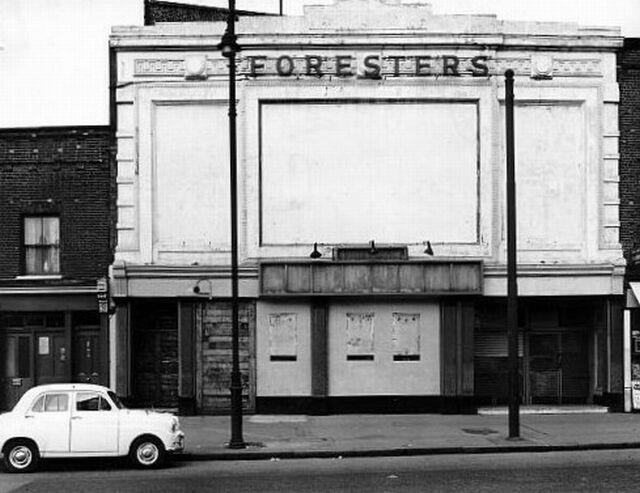

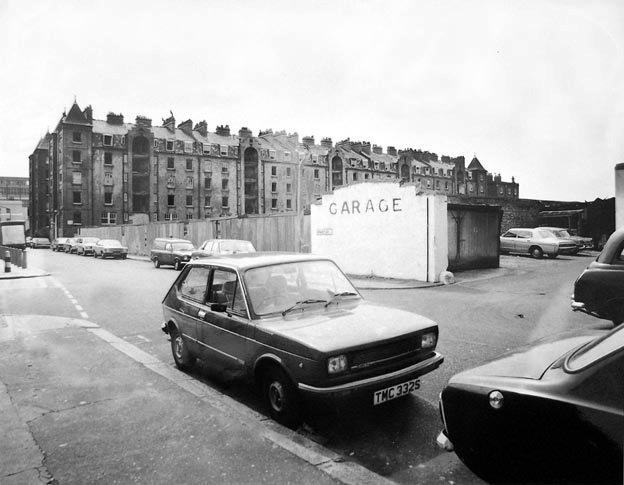

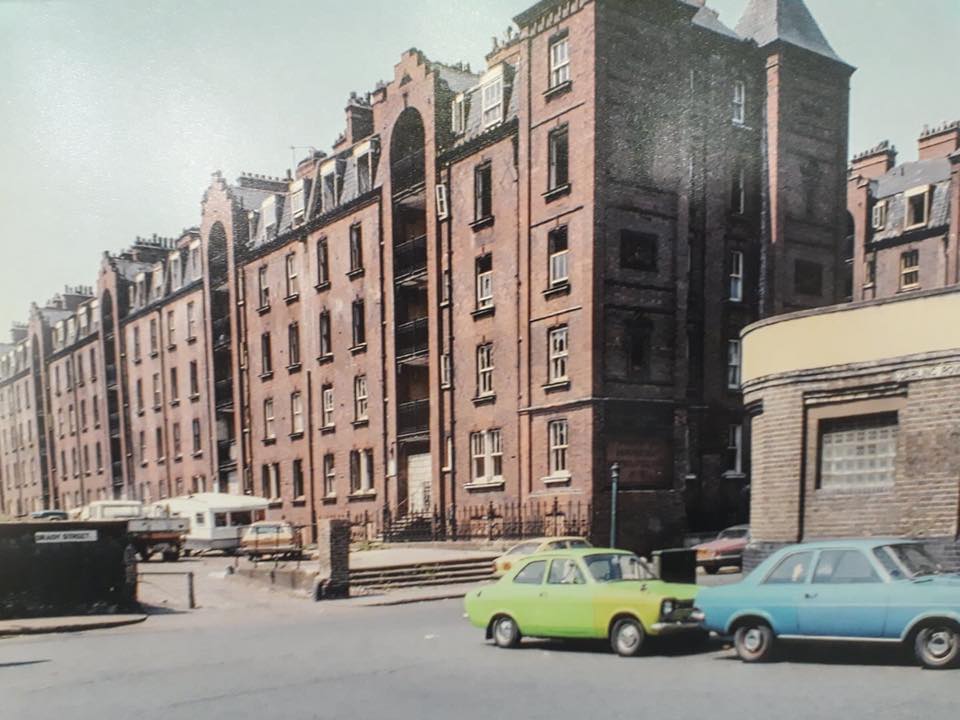

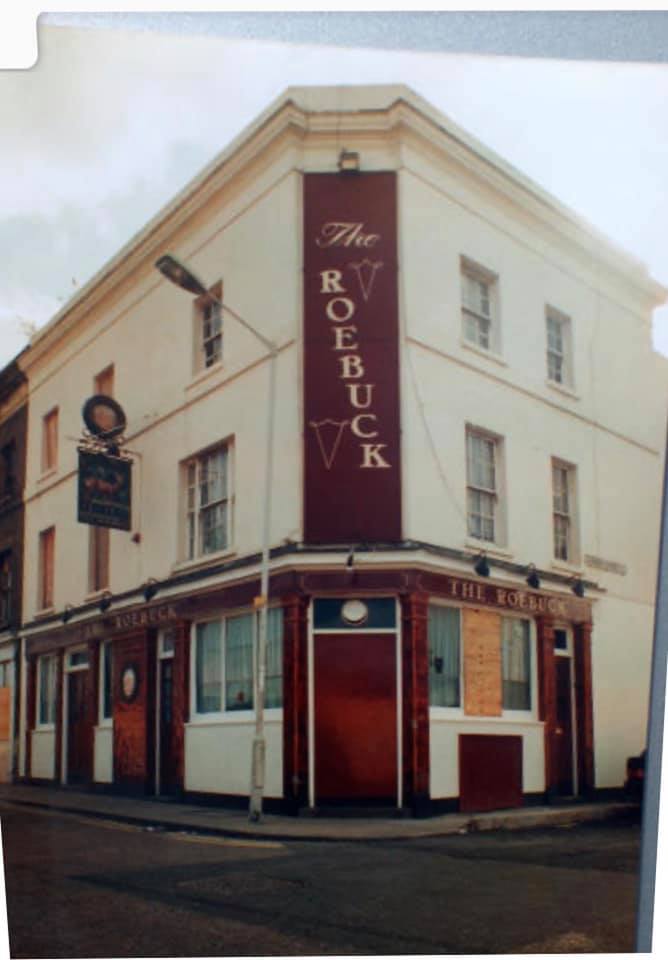

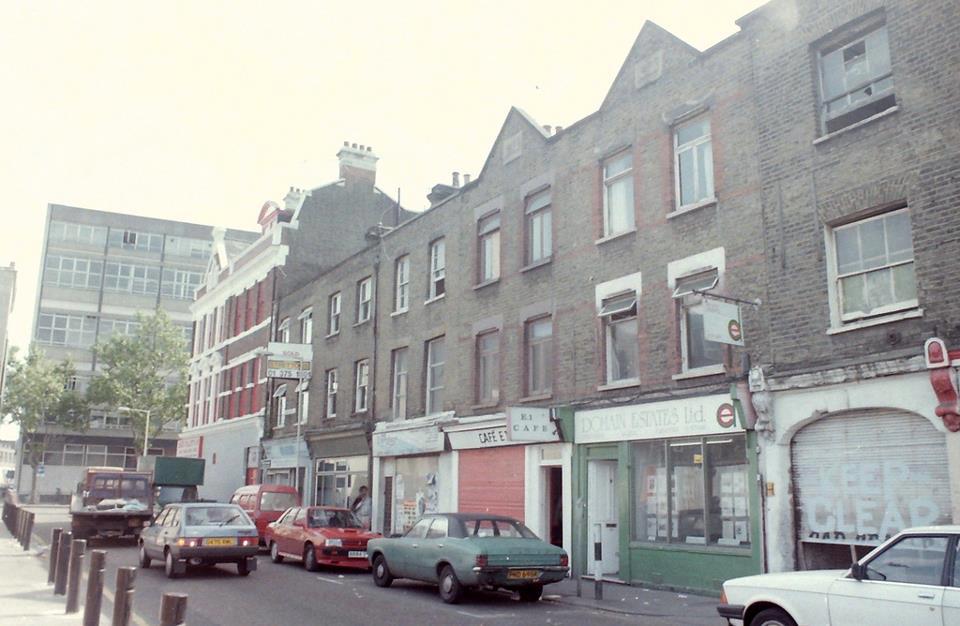


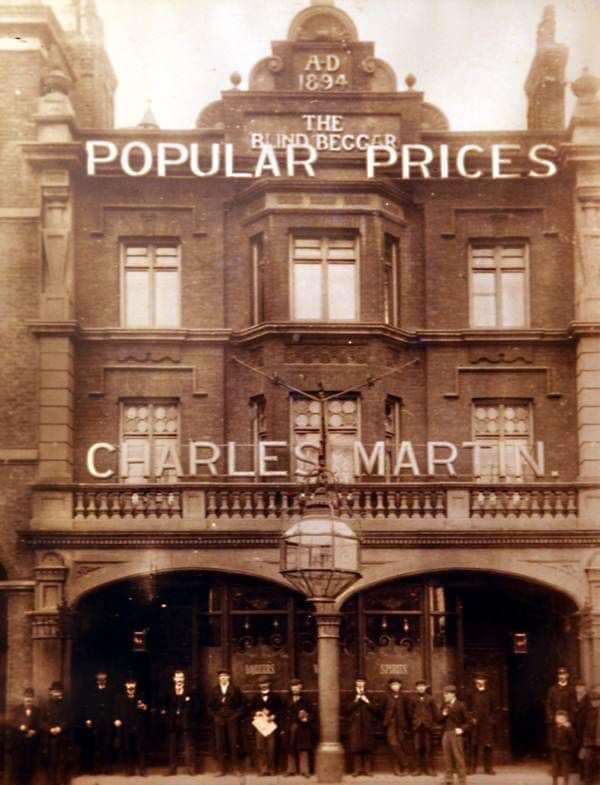
What was fascinating was the comment sections on certain posts showing a past estate or pub. The story and conversations were truly immersive and gave a unique insight in the life of a resident 50 years ago. They talk about the shops, the shop owners, the pubs, the relationships, the schools, the football clubs and the list goes on and on. I therefore wanted to make a documentary based on this archive and the written experiences of the comment sections. I first downloaded any kind of images about the estate with a relevant comment section ranging from blocks to shops, pubs.

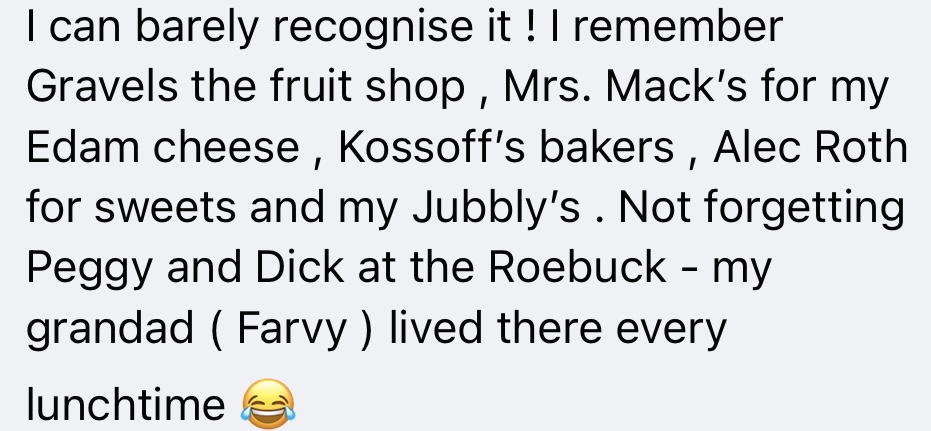



I then downloaded a Google Earth map of the estate and started projecting the images onto the buildings. I used a software called fSpy which aligns the camera on the right angle and translates that angle onto blender. I then projected the images onto the Google Earth file to try to recreate the estate with archival footage. For some of the pubs or shops that were mentioned a lot but did not have any pictures linked to the place, I would recreate them through AI generator Midjourney and use the description of the places from the comment sections as a prompt. I then would ask for a facade of this imaged building and imported them as a plane on the supposed location. I also created depth to both AI and photo projected texture to make them more realistic and incorporated in the 3d world. For the documentary, I added those conversations from the comment section and let them tell the story by themselves.


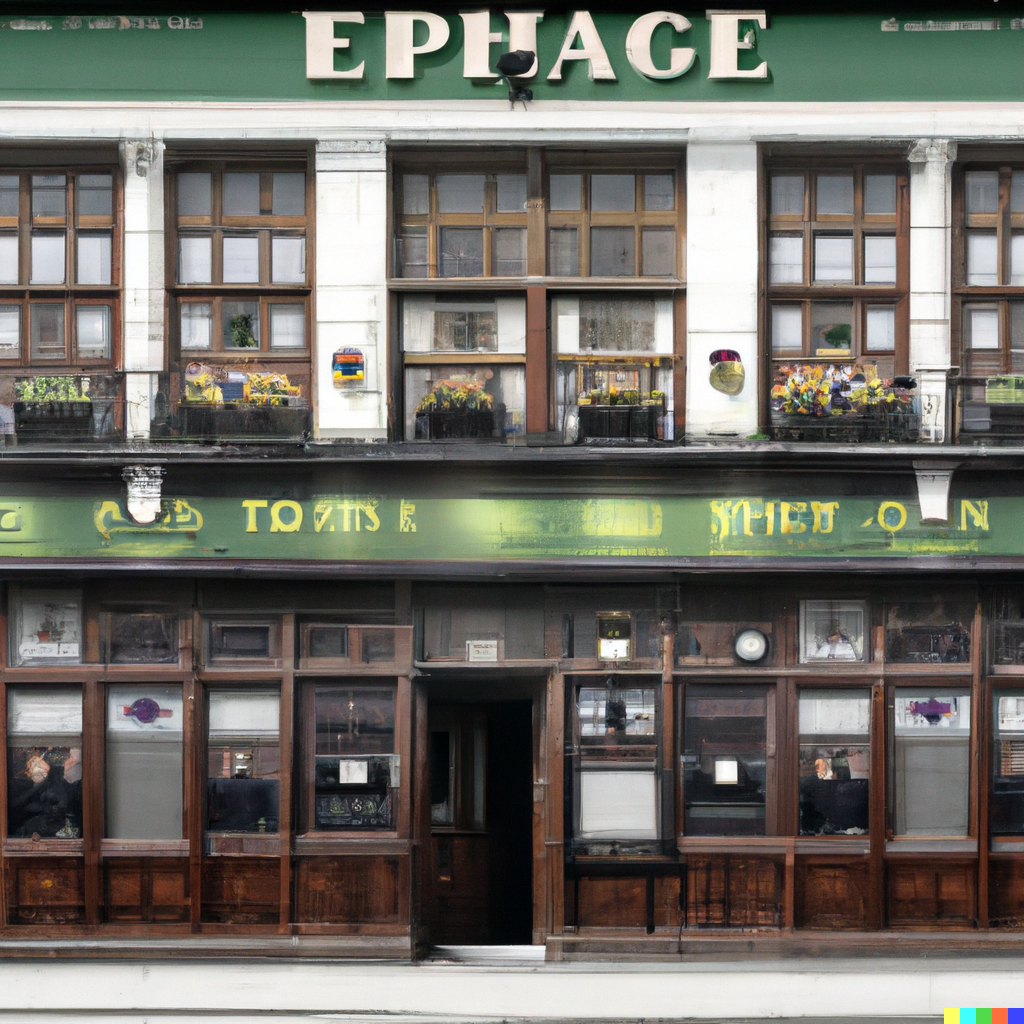

I then stylised the documentary through time lapses and small exercises I did on the estate, mixing them with the ambient sound which includes the kids playing football, the helicop[ter taking off from the Royal Hospital and the constant noise from Commercial Road. I also use a technique called video synthesiser which acts like a music synthesiser but with a video input. It creates distorted outcomes which can add emotions and contrast to a footage. I finished the documentary with a piece of footage from the 1950’s I found on the BBC archive collections through the facebook group where a group of local residents are interviewed about their local youth club called “the Paint house”. The interview was held right down my block and talks about how the young community of residents responded to the rise of problematic groups such as skinheads in their current society by creating a club where you could express yourself freely and unleash anger and frustration in any form.